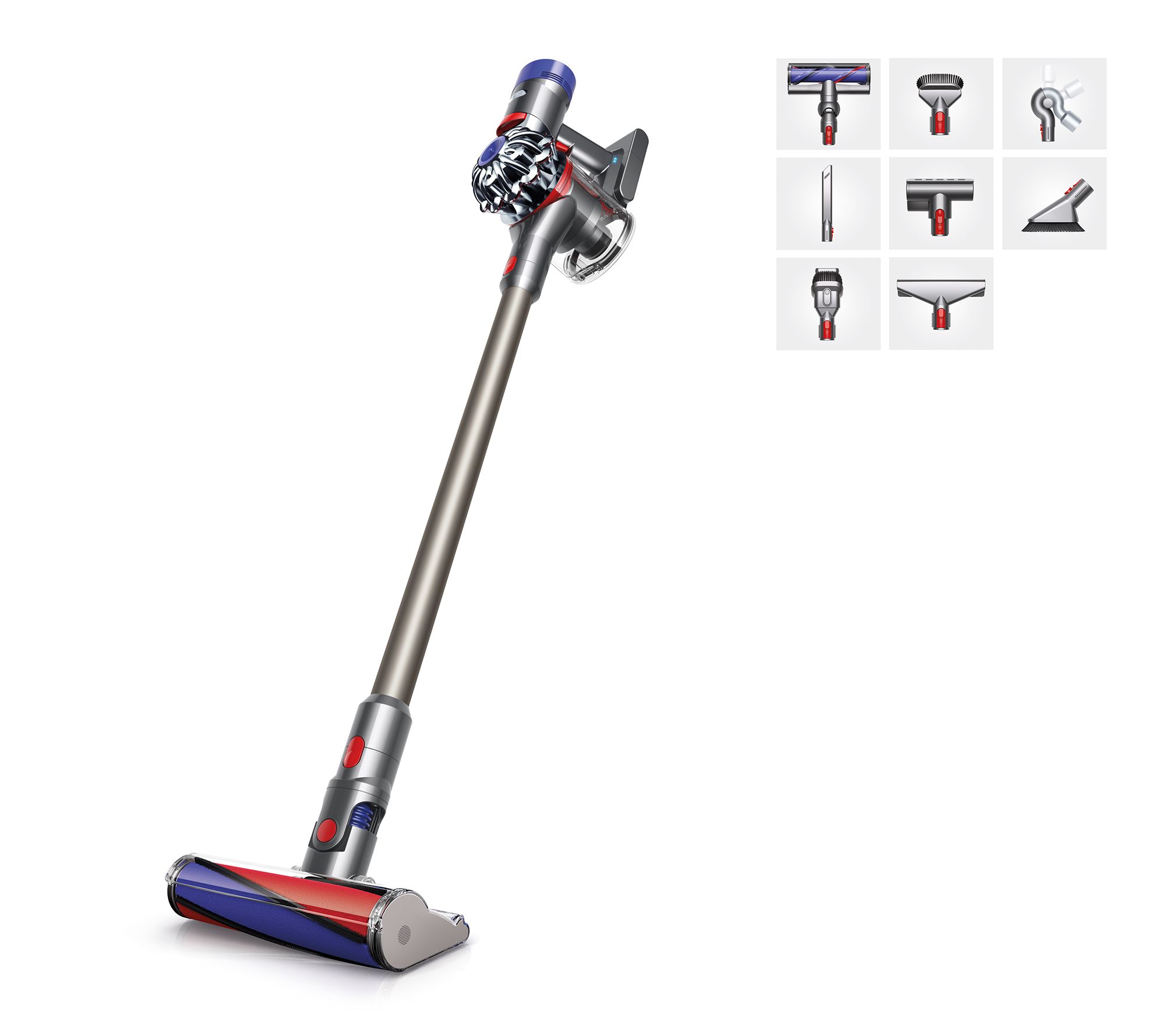Dyson 360 Heurist™ Robot Vacuum – Powerful Dyson Suction
The Dyson 360 Heurist™ robot combines powerful Dyson vacuum technology with the intelligence to learn and adapt to your home.
The Dyson 360 Heurist™ robot vacuum. Powerful Dyson suction in a robot.
Intelligent SLAM vision system. For accurate navigation.
LED light ring. Sees where it’s going, even in low light.
Full-width brush bar. Wherever it goes, it cleans.
Connects to the Dyson Link app. Control from anywhere.
Learns and adapts to your home.
Our engineers made the robot capable of heuristic – or learning – behaviour. It continually refines a map of your home, using its memory to evaluate where it should clean next, and instructions you’ve given it, and how to clean each area most effectively.
Filters allergens and expels cleaner air
Whole-machine filtration captures particles as small as 0.3 microns, expelling cleaner air.
Define zones and choose how and when your robot cleans. Connect to the Dyson Link app to unlock intelligent features.
-
Add no-go zones
Customise your robot’s behaviour. Including telling your robot which zones to avoid altogether.
Set the rules
Protect delicate items with no-climb areas. Or switch off the brush bar motor in quiet zones or over long-haired rugs.
Power where you need it
Choose High mode for powerful suction, Max mode for even deeper cleans, or Quiet mode for low-noise cleaning
Schedule your cleans
Fit your cleans around you. Set a time, day and frequency to suit each zone in your home.
Connect and clean. Wherever you are.
Connect quickly and easily using Bluetooth® wireless technology to control your clean, whether you’re home or not.
See where the robot has cleaned
Keep track of where your robot has been, with maps that show its path around your home.






Reviews
There are no reviews yet.